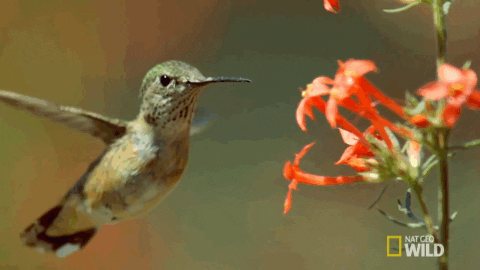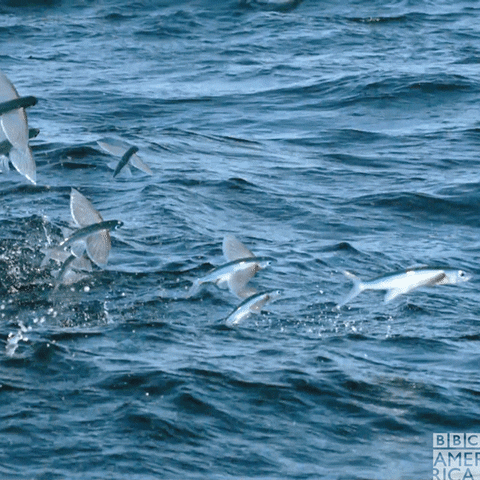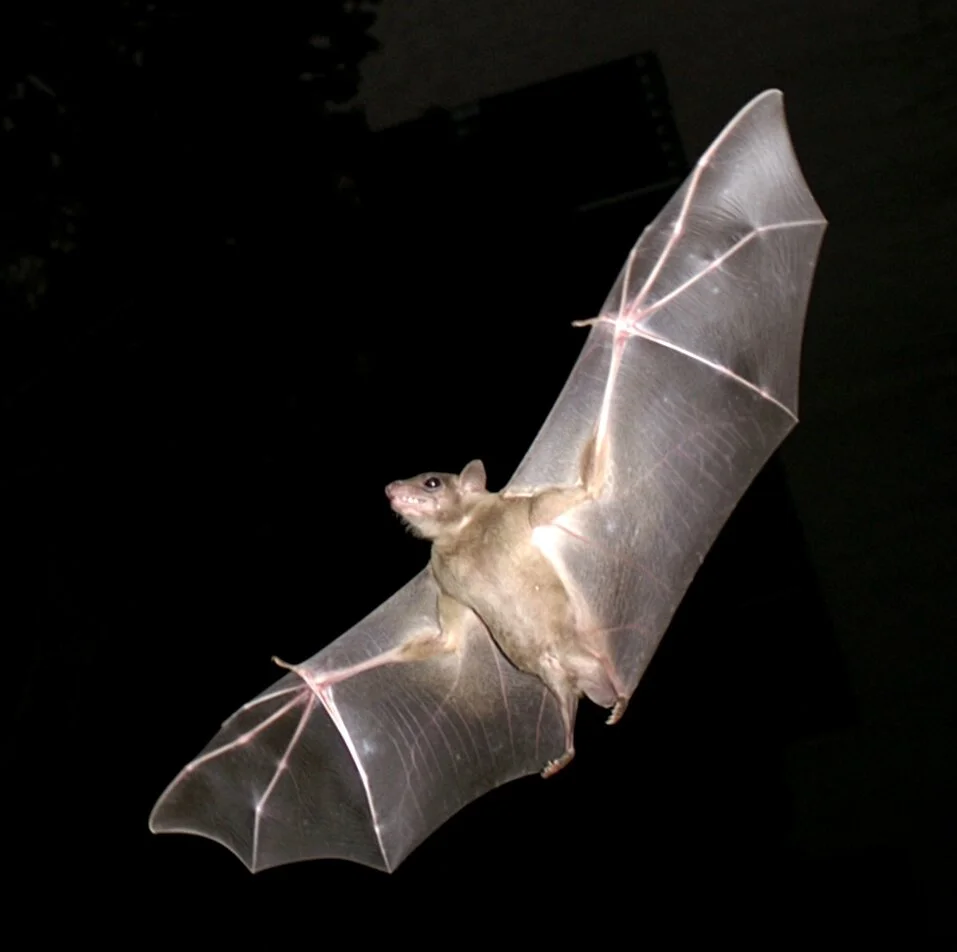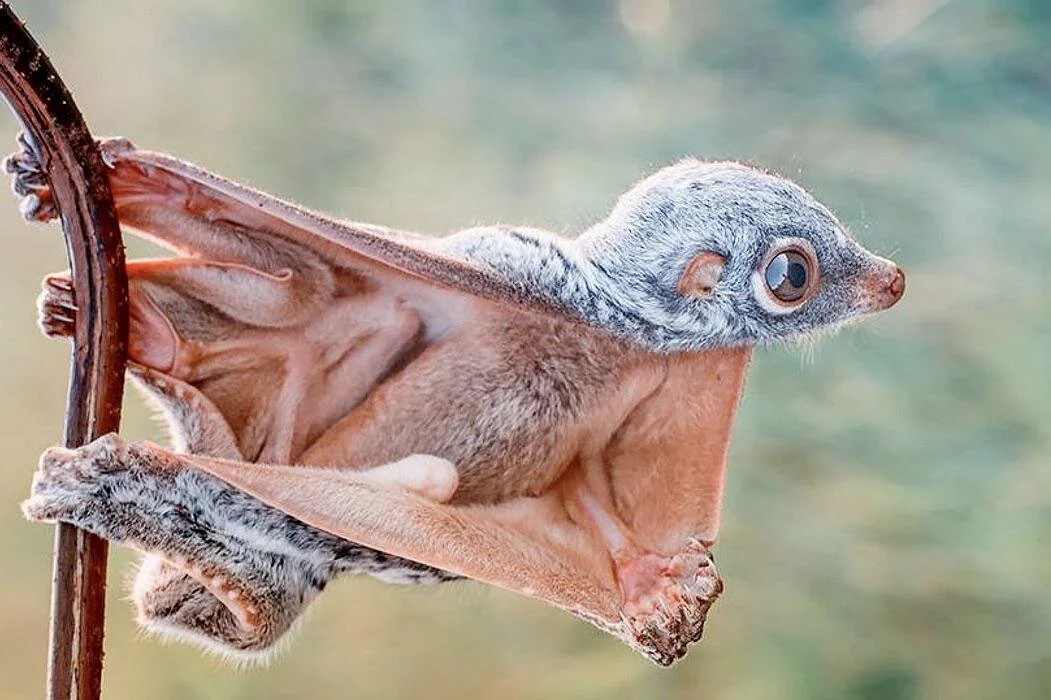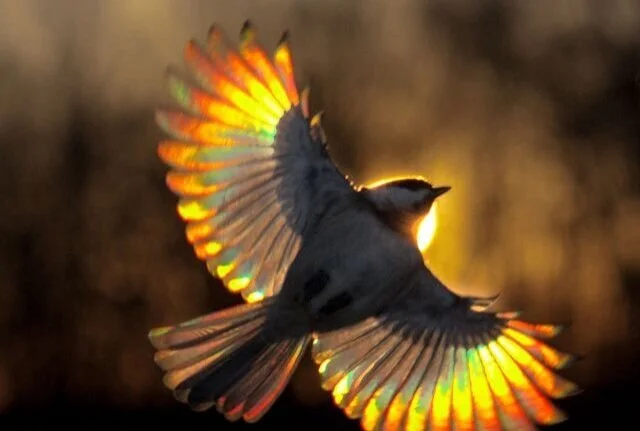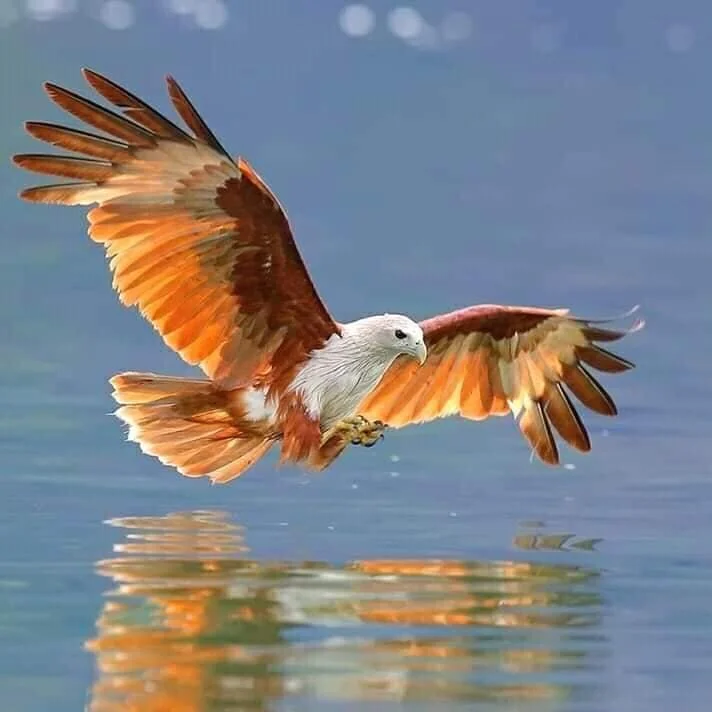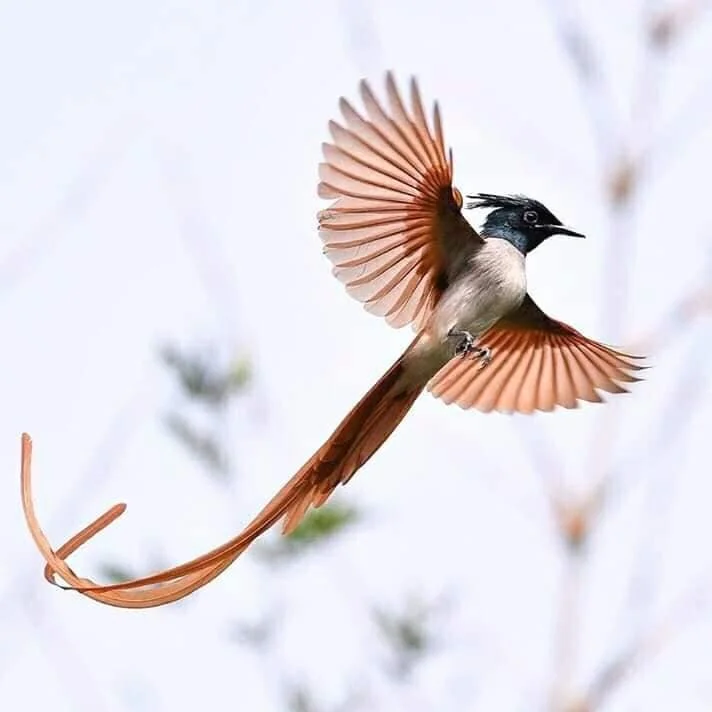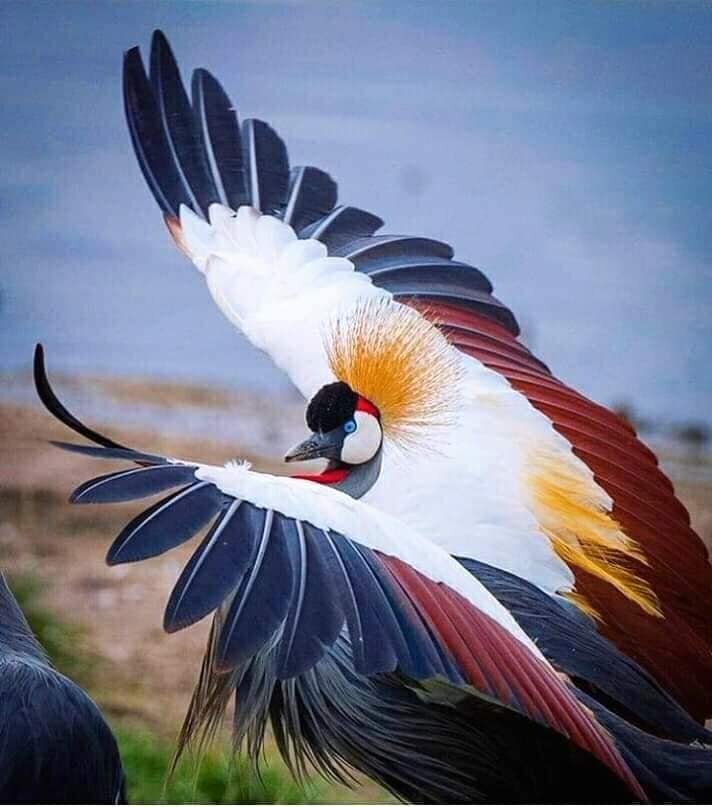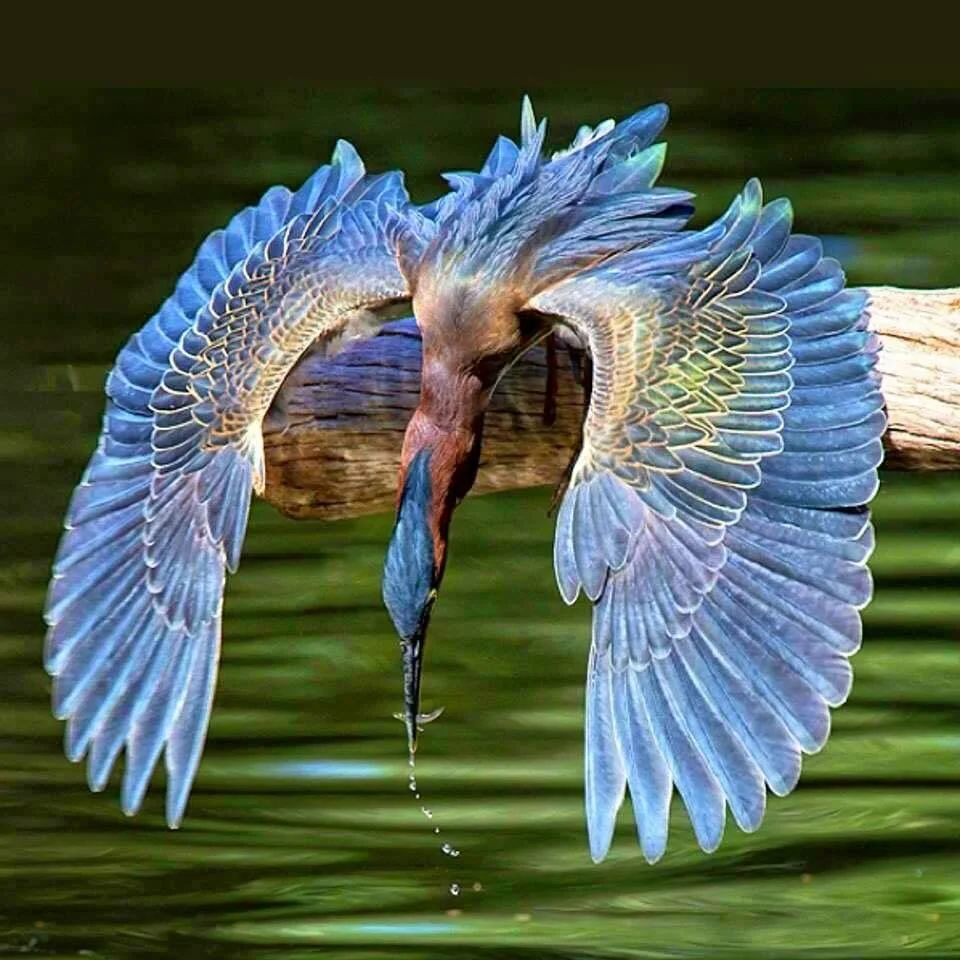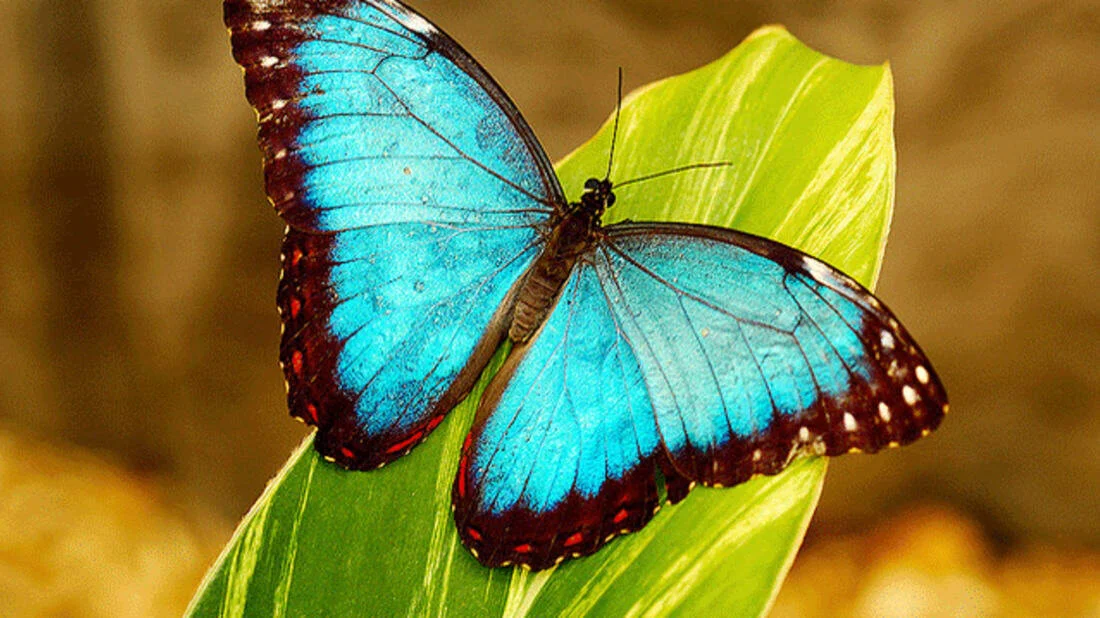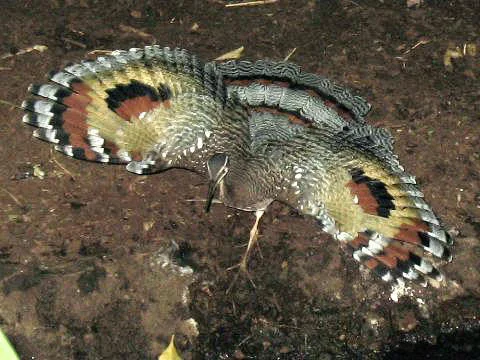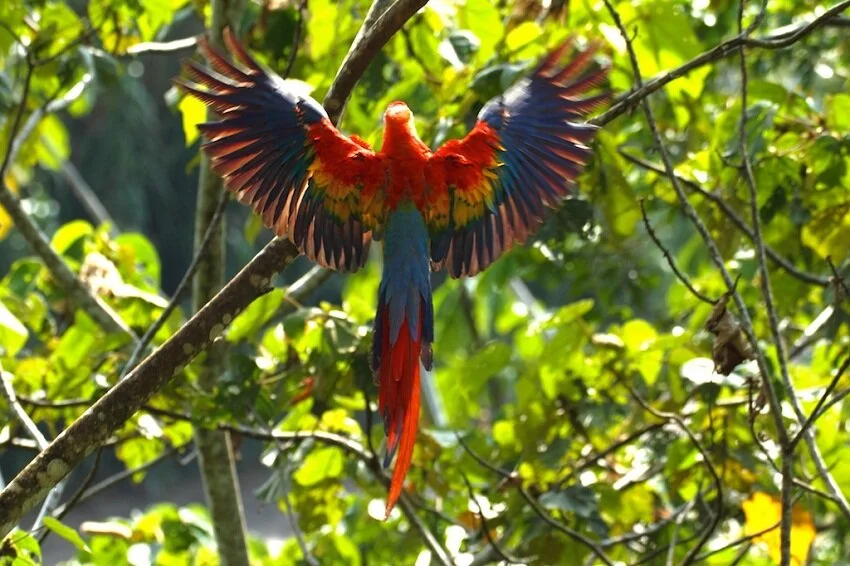By The Landlord
“Music is a moral law. It gives soul to the universe, wings to the mind, flight to the imagination, and charm and gaiety to life … The contemplation of beauty causes the soul to grow wings.” – Plato
“No bird soars too high if he soars with his own wings.” – William Blake
“Take these broken wings and learn to fly.” – Paul McCartney
“A bird does not fly because it has wings; it has wings because it flies.” – Robert Ardrey
"I'm no angel, but I've spread my wings a bit.” – Mae West
They are one of nature’s many miracles, evolved from forelimbs into muscley and membranous aerofoils of skin and sinew, most often covered in feather, but sometimes fur or scale, allowing not only the body to take flight, but also the imagination. Copied mechanically in man-made machines, they are also the lift-off for countless idioms and metaphors and other associations, not least also giving air to many songs and lyrics.
So this week it’s time to variously spread them, beat them, take someone under them, imaginatively give them to pigs, gain them, lose them, clip them, free them, wait in them, and just generally wing it with songs that take off with them in sorts of ways that soar.
The word itself is derived from the Old Norse vængr which originally pertained only to those of birds, limbs but also the aisles in a church or building. But wings can also refers to those similar appendages belonging birds’ dinosaur forbears, the pterosaurs including the pterodactyl, as well as the infinite varieties we see in insects, bats, and even the physical extensions on flying fish.
Another scale of flight
And there are also other wings that more architectural or structural in meaning, derived from the shapes of building, the east or west wing, or the sides of a theatre, or even the shape of some parliamentary of congressional places where the approximated left or right wing define the mis-shapen flapping and filibuster of politics. But on the whole there are surely more than enough wings of the flying kind to let this week’s topic take flight.
The fantasy of gaining wings has inspired stories and songs since humans first looked at the sky. Not least of course, in Greek mythology in the tale of Icarus, the headstrong son of the master craftsman Daedalus, the older man pretty handy in many ways, his most earthly and extensive creation being the Labyrinth. Icarus and Daedalus decide to try and escape from Crete by means of wings that Daedalus constructs from feathers and wax. They work wonderfully well. But what beats them is not taking flight, but the flapping failure and craziness of the human ego. Daedalus warns Icarus of complacency and carelessness that causes hubris, not to fly too high or low, risking water on the wings or heat from the sun melting the wax. Inevitably Icarus, being a show-off, flies too high and close to the sun, his feathers fall, and so does he, drowning in the merciless sea.
Sufjan Stevens: a risk-taker, but not like Icarus
And some wings are also symbolic, as those of angels, who spend as much time looking down on Earth as into the air. Take for example, the protagonists of Wim Wenders’ Wings of Desire:
Wings evolved to be apparatus for extend the possibilities of finding prey, or escaping prey. But one interesting philosophical as well as evolutionary question, is whether flight evolved from a high cliff up or from low land? Did it derive from the act of falling or from hunger or danger requiring escape to somewhere higher?
Writers tend to use the former as a metaphor. “Living at risk is jumping off the cliff and building your wings on the way down,” says Ray Bradbury. And in If This Isn't Nice, What Is?: Advice for the Young, Kurt Vonnegut writes: “We have to continually be jumping off cliffs and developing our wings on the way down.” Certainly when chicks leave the nest, it is by necessity that they first learn flight. Wings are a way to facilitate life’s first non-fatal fall.
But some humans develop wings in order to fall spectacularly. Making them look like like fat bats or puffed out flying squirrels, wingsuits facilitate those crazy enough to take that risk to make spectacular GoPro films. In this one, Italian daredevil Uli Emanuele aims to to fly through a 2-metre rocky gap. But will he make it? He might, but sadly like many wingsuit wearers, his life has also proved to be short, Uli later dying on another stunt on Swiss Alpine rocks in 2016.
“Still, iIt is better to have wings then hornes,” comments George Herbert. And Shakespeare adds: "True hope is swift, and flies with swallow's wings."
But what of nature’s truly winged wonders? Shakespeare refers to the swift, which can fly at over 60 miles an hour but a diving peregrine falcon can travel at 200 miles per hour.
But what about the biggest wings? Condors’ wings are huge, but it is wandering albatross that has the longest wingspan record for any flying bird, being as much as 11ft 10in (3.63m).
And from the biggest – to the smallest. Hummingbirds’ wings come with a unique ball and socket joint that allows the bird to rotate its wings 180 degrees in all directions. The ruby-throated hummingbird beats the best and the rest with the fastest wing beat speed, particularly during courtship, flapping at about 200 beats per second, compared to species who flap at around 90 per second. But a midge by comparison, flaps at around 1,000 beats per second.
Are wings always for flight. Not in the case of penguins, who have wings are more fin-like and used only for swimming.
Bats are the the only mammals capable of true flight, and their wings are not feathery, but are made of a flight membrane stretched over slender, elongated arm and hand bones.
Bat heaven
The colugo, or flying lemur: not so much a flapper as a floater
There are other mammals that fly, but have more of a natural aforementioned wingsuit. The flying squirrel glides more than fliies, with furry membranes attached to the forelegs and hind legs, as also with the colugo, or flying lemur.
So finally, to help ideas take flight, let us admire some more wings in many forms:
The scarlet macaw and sunbittern (above) are among winged wonders designed for display as well as flight
And now it is time to turn you over to this week’s guest, our very own Wing Commander Marco ‘Marconius’ den Ouden, who will act as air traffic controller for all musical flights of fancy. Please place your suggestions in comments below in time for last orders on Monday at 11pm British Summer Time, for playlists published on Wednesday. Chocks away!
New to comment? It is quick and easy. You just need to login to Disqus once. All is explained in About/FAQs ...
Fancy a turn behind the pumps at The Song Bar? Care to choose a playlist from songs nominated and write something about it? Then feel free to contact The Song Bar here, or try the usual email address. Also please follow us social media: Song Bar Twitter, Song Bar Facebook. Song Bar YouTube, and Song Bar Instagram. Please subscribe, follow and share.
Song Bar is non-profit and is simply about sharing great music. We don’t do clickbait or advertisements. Please make any donation to help keep the Bar running:

